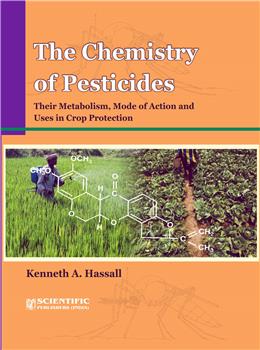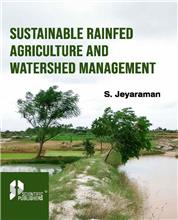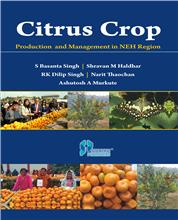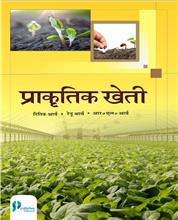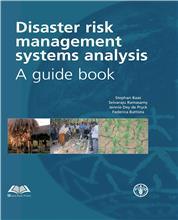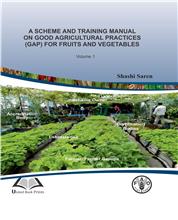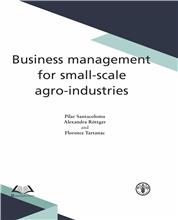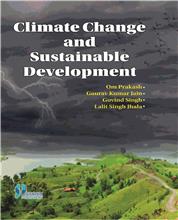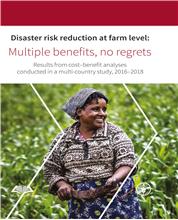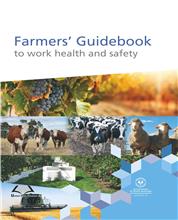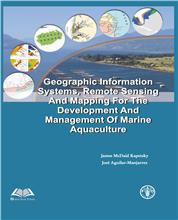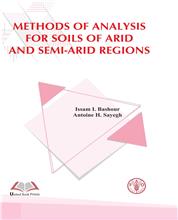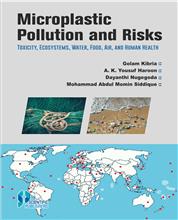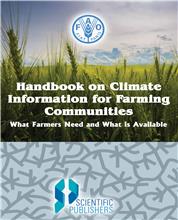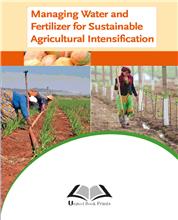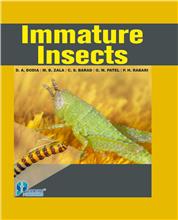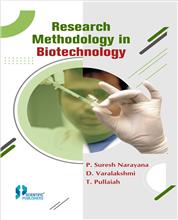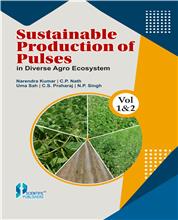1. General Considerations
1.1 Some historical landmarks
1.2 General literature on pesticides
1.3 The size and scope of the pesticide market
1.4 Economic aspects of pesticide usage
1.5 Toxicological considerations
1.6 Safety arrangements for marketing pesticides in Britain
1.7 Safety arrangements in other countries
2. Physicochemical Aspects of Pesticide Formulation and Applications
2.1 Traget surfaces for pesticide applications
2.2 Plant leaf cuticle
2.3 The insect integument
2.4 Pesticide formulation adn sate of application
2.5 Fumigation
2.6 Application of solids as dusts or as granules
2.7 Aplication as liquids
2.8 Types of spray supplements
2.9 Chemistry of surfactants
3. Principles of Pesticide Metabolism
3.1 Defence systems and their importance
3.2 Enzymes responsible for the metabolism of pesticides
3.3 Hydrolases
3.4 Micosomal mono-oxygenases
3.5 Role of glutathione in pesticide degradation
3.6 Other conjugation reactions
4. Organophosphorus Insecticides
4.1 Introduction
4.2 Structural diversity of organophosphorus insecticides
4.3 Practical uses of organophosphorus insecticides
4.4 Mode of action and toxic effects of organosphosphorus insecticides
4.5 Low persistence contact poisons (sub-group1)
4.6 Quasi-systemic compounds (sub-group 2)
4.7 Systemic insecticides (sub-group 3)
4.8 Organophosphorus compounds with a fumigant action (sub-group 4)
4.9 Organophosphorus compounds used in granular form (sub-group 5)
4.10 Use of organophosphorus compounds against pests of animals
4.11 Insect resistance to organophosphorus compunds
5. Carbamate Insecticides, Molluscicides and Nematicides
5.1 Introduction
5.2 Structural diverstiy of carbamate insecticides
5.3 Production figures and practical uses of insecticidal carbamates
5.4 Mode of action and toxic effects of carbamate insecticides
5.5 Aryl methyl carbamates (sub-group 1)
5.6 Heterocyclic monomethy1 and dimethy1 carbamates (sub-group 2)
5.7 N-methy1 carbamate derivatives of oximes (sub-group 3)
5.8 Insect resistance to carbamate insecticides
6. Organochlorine Insecticides
6.1 Introduction
6.2 Structural diversity and properties of organochlorine Insecticides
6.3 Production figures and practical uses of organochlorine insecticides
6.4 Mode of action of organochlorine insecticides
6.5 DDT and its analogues
6.6 Benzene hexachloride (hexachlorocyclohexane)
6.7 The chlorinated cyclodiene family
6.8 Persistence and side effects of organochlorine insecticides
6.9 Development of insect resistance to organochlorine insecticides
7. Other Insecticides and Related Compounds
7.1 Natural and synthetic pyrethroids
7.2 Chemistry of the natural pyrethroids
7.3 Use of natural and synthetic pyrethroids
7.4 Metabolism and mode of action of pyrethroids
7.5 Synthetic pyrethroids
7.6 Other insecticides of plant origin
7.7 Stomach poisons
7.8 Hydrocarbon oils
7.9 Diflubenzuron
7.10 Acaricides
7.11 Nematicides and molluscicides
8. Fungicides : General Principles; Inorganic and Heavy Metal Fungicides
8.1 Fungi and fungicides
8.2 Penetration of fungicides into fungi
8.3 Copper fungicides; their preparation, properties and uses
8.4 Copper fungicides; their mode of action
8.5 Inorganic and organic mercury compounds
8.6 Organotin compunds
8.7 Sulphur and lime sulphur
9. Non-systemic Organic Fungicides
9.1 Classification
9.2 Dithiocarbamates; chemistry, uptake and uses
9.3 Dithiocarbamates; their mode of action and metabolism
9.4 The phthalimide group
9.5 Dinitrophebnol derivatives
9.6 Chlorine-substituted aromatic fungicides
9.7 Cationic detergents
10. Systemic Fungicides
10.1 Classification : Advantages and Disadvantages of Systemic Fungicides
10.2 Antibiotics
10.3 Benzimidazoles
10.4 Pyrimidine and piperazine derivatives
10.5 Morpholine and oxathiin derivatives
10.6 Other systemic fungicides
11. Herbicides : General Considerations
11.1 Introduction
11.2 Non-selective and selective herbicides
11.3 Classification of herbicides
11.4 Uptake of herbicides by leaves of by roots
11.5 Persistence of herbicides in soil
11.6 Situations involving the application of herbicides to soil
11.7 The use of mixtures of herbicides
11.8 The mode of action of herbicides
12. Herbicides Applied to Foliage
Section 1 : Translocated Compounds
12.1 Phenoxyalkanoic acids; their structure, formulation and uses
12.2 Phenoxyalkanoic acids : toxicology, biology, mode of action and metabolism
12.3 Plant growth regulators derived from benzoic acid
12.4 Quaternary ammonium compounds
12.5 Glyphosate
12.6 Aminotriazole (amitrole)
12.7 Dalapon
12.8 translocated Carbamates
Section 2 : Contact Herbicides
12.9 Petroleum oils
12.10 Bromoxynil and ioxynil
12.11 Dinoseb
12.12 Miscellaneous herbicides with contact foliage uses
13. Herbicides that Act through the Soil
13.1 Urea herbicides; chemistry, properties and uses
13.2 Urea herbicides; metabolism and mode of action
13.3 Triazines; classification, structure and uses
13.4 Triazines; metabolism, selectivity and mode of action
13.5 Uracil and pyridazine herbicides
13.6 Soil-acting pheny1 carbamates
13.7 Thiolcarbamates
13.8 Nitroaniline and nitrophenol derivatives
13.9 Miscellaneous soil-acting herbicides
Bibliography : Background, general or wider reading, and sources of general information (see section 1.2)
Appendix A : Conversion tables (metric/non-metric, and miscellaneous)
Appendix B : Some proprietary products containing active ingredients mentioned in the text
Index
